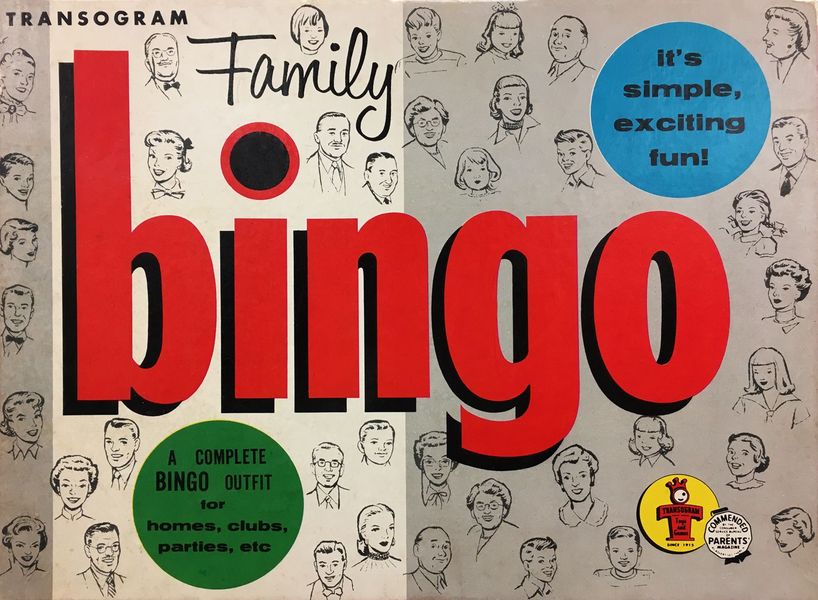Bingo (1530) Board Game
Bingo is a popular game that has been around for centuries. It is believed to have originated in Italy in the 16th century before making its way to France and then to the United States. The game gained widespread popularity in the early 20th century and has since become a staple in both casinos and social gatherings.
Game Components of Bingo
How To Setup Bingo
To set up Bingo, players purchase or are given Bingo cards, each with a unique set of numbers arranged in a 5×5 grid. The caller prepares the numbered balls or the electronic number generator. Players sit at tables, often fastening their cards with adhesive tape to manage multiple cards more easily. Special markers called “daubers” are used to mark the numbers as they are called.
Gameplay Mechanics and Game Objective
Player Experience
Bingo is a social and exciting game that attracts players from all walks of life. It is particularly popular among those over 45, but it is also being discovered by younger people as a fun way to socialize. Players enjoy the combination of luck, anticipation, and the thrill of winning. The game encourages social interaction, as players often play with friends or spouses and engage in conversations during the game.
Pros
Cons
Personal Thoughts on Bingo
Bingo is a game that is perfect for those who enjoy social gatherings and the thrill of chance. It is an excellent choice for community events, fund-raising activities, and casual get-togethers. While it may not appeal to players seeking complex strategies or intense competition, Bingo’s simplicity and social aspects make it a beloved game for many. Whether played in a small church hall or a large casino, Bingo offers a fun and engaging experience for all ages.
We are supported by our audience. When you purchase through links on our site, we may earn an affiliate commission, at no extra cost for you. Learn more.

